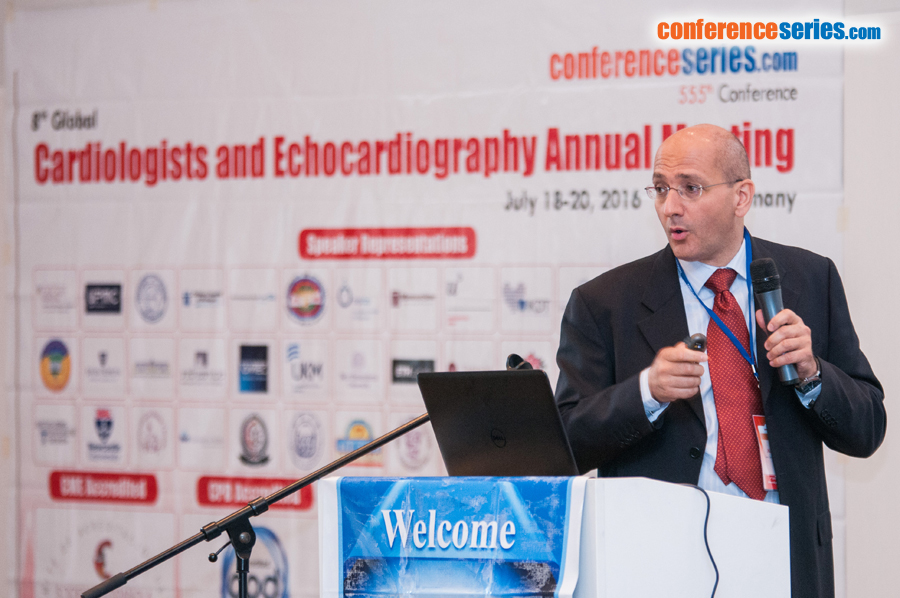
Marco Picichè
San Camillo-Forlanini Hospital, Italy
Title: The evolution of surgical myocardial revascularization
Biography
Biography: Marco Picichè
Abstract
Prior to the advent of cardiopulmonary bypass, myocardial revascularization strategies fell into three categories: Extracardiac procedures, cardiac operations on non-coronary artery structures and direct coronary artery surgery. After the invention of the heart-lung machine by John Gibbon in the fifties, coronary artery by-pass grafting spread all over the world. Since the nineties, the methods of surgical revascularization fell into two main categories, namely on-pump and offpump procedures. Progresses in techniques not with-standing, there are still a significant number of patients who may not benefit from conventional techniques of myocardial revascularization due to diffuse coronary artery disease. Since a certain level of morbidity and mortality is associated with direct surgical or endovascular coronary procedures, the search is on for less invasive and less costly alternatives that ensure myocardial blood supply. Researchers are on the lookout for new revascularization methods also because of the many patients suffering from diffuse coronary artery disease that may not benefit from conventional techniques. Some alternative myocardial revascularization methods attempted in recent years bear a resemblance to techniques tried andabandoned in the first half of the last century. Earlier attempts to achieve myocardial revascularization may constitute a fertile pool of ideas. In the era of coronary stenting, research still needs todraw some old ideas to elaborate derivative strategies that employ the tools of modern technology. It is important for clinicians and researchers to know the historical steps which paved the way to current practice.




